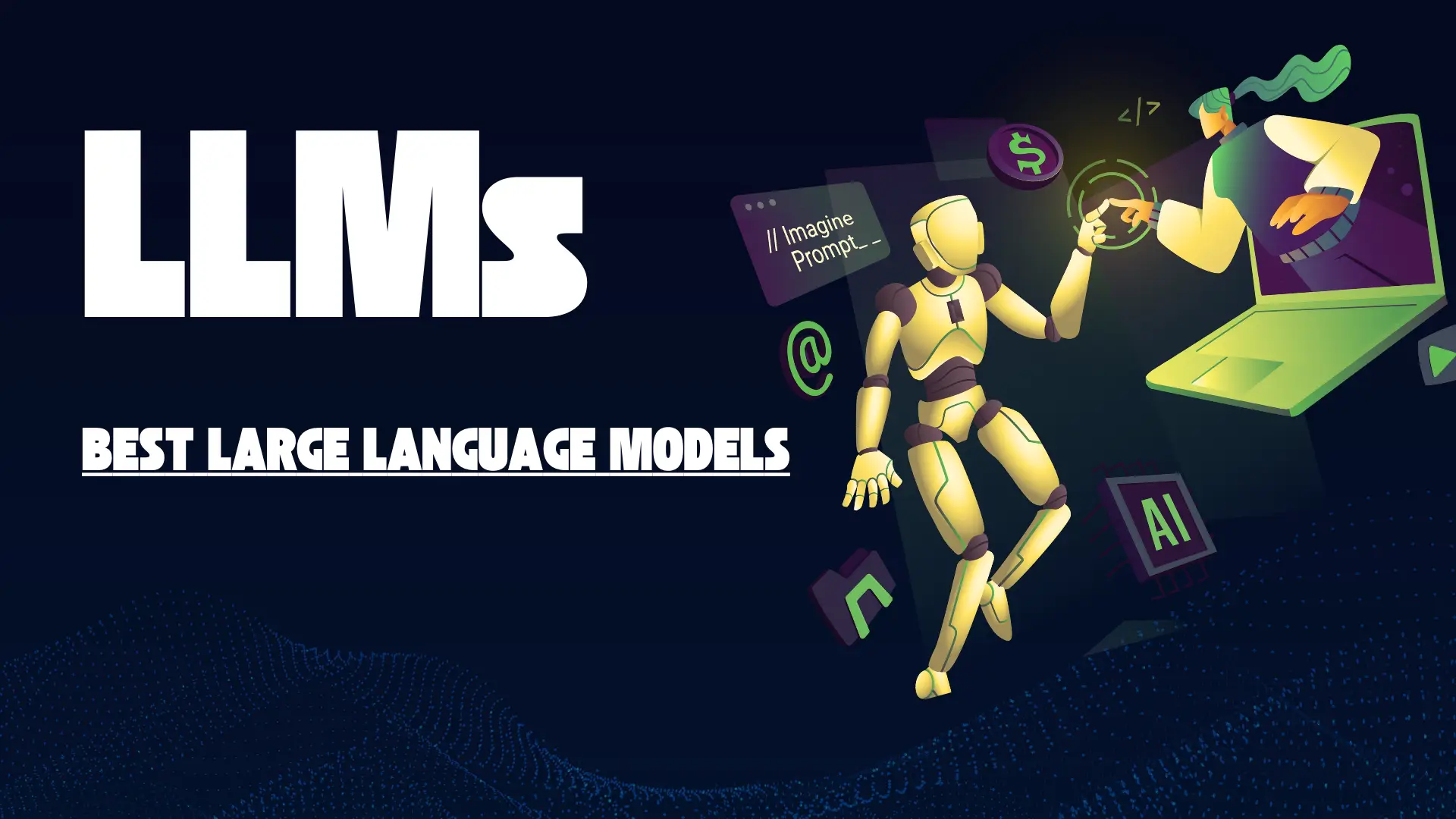
Top 25 Machine Learning Questions to Prepare for in 2025
Top 25 Machine Learning Questions
Machine Learning (ML) has become a game-changer across industries, transforming how businesses operate, solve problems, and make decisions. As we enter 2024, the demand for skilled machine learning professionals is stronger than ever, and preparing for interviews in this field requires a solid grasp of both theoretical knowledge and practical applications.
To help you navigate the evolving landscape of ML, we’ve curated the Top 25 Machine Learning Questions that you should be familiar with in 2024. Whether you’re gearing up for a technical interview or brushing up on your machine learning expertise, these questions will give you a well-rounded foundation.

1. What is Machine Learning?
A subfield of artificial intelligence (AI) called machine learning allows computers to learn from data and enhance their functionality without explicit programming. It makes use of statistical methods to enable models to forecast or decide on the basis of input data.
Download New Real Time Projects :-Click here
2. What are the different types of Machine Learning?
There are three primary categories of machine learning:
Supervised Learning: Labeled data is used to teach models.
Unsupervised Learning: Patterns in unlabeled data are found using models.
Reinforcement learning occurs when agents interact with their surroundings and are rewarded or punished.
3.What distinguishes deep learning, machine learning, and artificial intelligence?
- AI (Artificial Intelligence): The broader concept of machines performing tasks intelligently.
- Deep Learning: A subfield of machine learning that uses neural networks with many layers to process and analyze data.
- A kind of artificial intelligence called machine learning allows computers to learn from data.
4. Describe the differences between machine learning model overfitting and underfitting.
- Overfitting: When a model performs exceptionally well on training data but poorly on unseen data, often because it has memorized the noise or details.
- Underfitting: When a model is too simplistic and fails to capture the underlying patterns in the data, leading to poor performance on both training and unseen data.
https://updategadh.com/category/php-project
5. Why is regularization necessary, and what does it mean?
Regularization is a method that adds a penalty for bigger model coefficients in order to prevent overfitting. Typical kinds include of:
- L1 (Lasso) Regularization
- L2 (Ridge) Regularization
6. What’s the difference between classification and regression?
- Classification: Makes predictions for distinct groups (such as spam or non spam).
- Regression: Forecasts continuous quantities, such as home values.
7. What is a confusion matrix?
A confusion matrix is a table that compares real and anticipated values to assess how well a categorization model performs. It yields important measures including F1-score, recall, accuracy, and precision.
8. What is the bias-variance tradeoff?
The balance between two sources of inaccuracy is known as the bias-variance tradeoff:
- Bias: Error due to simplifying assumptions in the model (underfitting).
- Variance: Error due to the model’s sensitivity to small fluctuations in the training data (overfitting).
9. How do decision trees operate and what are they?
A model that divides data according to particular decision criteria is called a decision tree. A characteristic is represented by each node, a choice by each branch, and a consequence by each leaf. Although they are simple to understand, they are prone to overfitting if pruning is not done.
10. What is the Random Forest algorithm?
Random Forest is an ensemble method that builds multiple decision trees and merges their predictions to create a more accurate and stable model. It helps in reducing overfitting and improving prediction accuracy.
11. What is the purpose of cross-validation?
The process of dividing the dataset into many subsets in order to evaluate a model’s performance is known as cross-validation. To make sure the model performs effectively when applied to new data, it is tested on certain subsets and trained on others.
12. Explain gradient descent and its types.
An optimization technique called gradient descent is used to reduce the cost function of a model. Three categories exist:
- Batch Gradient Descent: Every iteration makes use of the complete dataset.
- Stochastic Gradient Descent (SGD): Uses one random data point per iteration.
- Mini-batch Gradient Descent: Uses a small subset of the data in each iteration.
13. What is a neural network?
A neural network is a series of algorithms inspired by the human brain that attempts to recognize relationships in data. It consists of input, hidden, and output layers, where each neuron in one layer is connected to the neurons in the next.
14. What is an activation function in neural networks?
The model becomes non-linear when an activation function decides whether or not to stimulate a neuron. Typical activation functions consist of:
- Sigmoid
- ReLU (Rectified Linear Unit)
- Tanh
15. What’s the difference between Bagging and Boosting?
- Bagging (Bootstrap Aggregating): A technique that trains multiple models on random subsets of data in parallel and averages their predictions.
- Boosting: Trains models sequentially, with each new model focusing on correcting the errors of the previous ones.
16. What are the assumptions of linear regression?
- The independent and dependent variables are linear.
- Independence of the errors.
- Homoscedasticity (constant variance of errors).
- Normally distributed residuals.
17. What is PCA (Principal Component Analysis)?
PCA is a dimensionality reduction method that preserves as much variation as possible while converting high-dimensional data into a lower-dimensional space. It is frequently used to speed up algorithms and visualize data.
18. What is Support Vector Machine (SVM)?
SVM is a classification and regression supervised learning technique. It operates by locating the feature space hyperplane that best divides various classes.
19. Explain K-Means clustering.
An unsupervised learning approach called K-Means clusters data points according to the cluster’s closest mean, or centroid. Reducing the variation within each cluster is the aim.
20. What is the curse of dimensionality?
The difficulties that come up while working with high-dimensional data are referred to as the “curse of dimensionality.” Data analysis and visualization get more challenging as the number of dimensions rises since the amount of space expands exponentially.
21. What are the differences between model parameters and hyperparameters?
- Hyperparameters: Set before the model training (e.g., learning rate, number of trees).
- Model parameters: Learned from the training data (e.g., weights in linear regression).
22. What is a ROC curve?
A ROC (Receiver Operating Characteristic) curve is used to evaluate the performance of a binary classification model. It plots the true positive rate (recall) against the false positive rate, helping to identify the optimal threshold for predictions.
23. How do Convolutional Neural Networks (CNNs) work?
CNNs are made to handle structured grid data, such as pictures. They are especially useful for tasks like image classification because they employ convolutional layers to identify characteristics like edges and patterns.
24. What is transfer learning?
Adapting a pre-trained model from a big dataset to a smaller, task-specific dataset is known as transfer learning. This method is often used for applications like natural language processing and picture recognition.
25. Why does dropout occur in neural networks?
One regularization method for avoiding overfitting in neural networks is dropout. It forces the network to form stronger patterns by randomly deactivating a portion of neurons during training.
- Top 25 Machine Learning Questions to Prepare for in 2024
- Top 25 Machine Learning Questions
- top 25 machine learning questions to prepare for in 2024 pdf
- top 25 machine learning questions to prepare for in 2024 for freshers
- top 25 machine learning questions to prepare for in 2024 geeksfor
- top 25 machine learning questions to prepare for in 2024 geeksforgeek
- machine learning questions and answers pdf
- Top 25 Machine Learning Questions to Prepare for in 2024
- machine learning interview questions
- machine learning important questions for exam
- 500 most important machine learning interview questions and answers pdf








Post Comment